The History of Memorial Day
As many people know, Memorial Day is an American holiday that is observed on the last Monday of May, and honors the men and women who sacrificed their lives while serving in the U.S. military. But how did this holiday originate? Continue reading to find out!
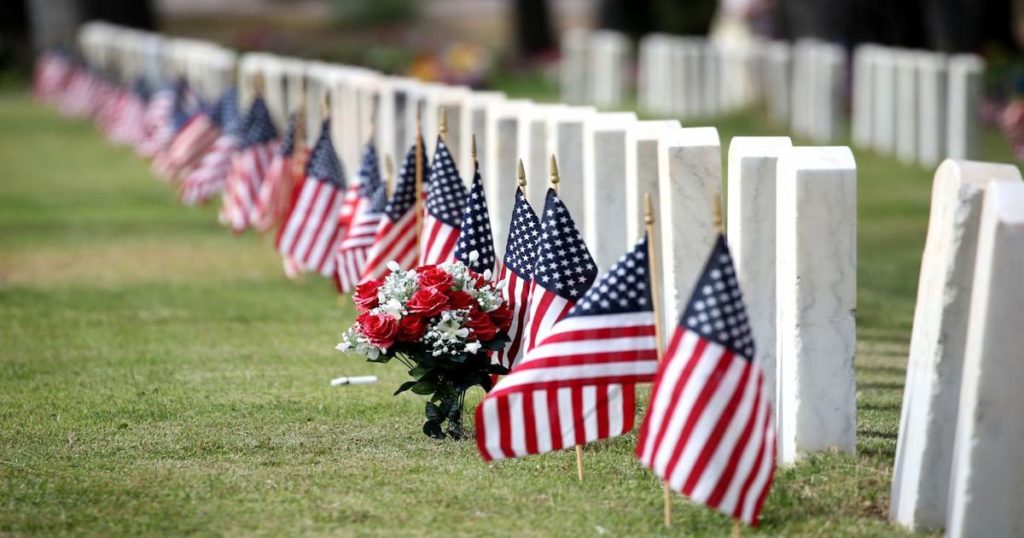
The Origins
Did you know that the Civil War claimed more lives than any conflict in U.S. history? This required the establishment of the country’s first national cemeteries.
In the late 1860s, Americans in various towns and cities began holding tributes to these countless fallen soldiers during the Spring and decorated their graves with flowers. Although it is unclear where exactly this tradition originated, some records indicate that one of the earliest Memorial Day commemorations was organized by a group of formerly enslaved people in Charleston, South Carolina less than a month after the Confederacy surrendered in 1865. Despite this, the federal government declared Waterloo, New York, the official birthplace of Memorial Day in 1966.
Waterloo—which first celebrated the day on May 5, 1866—was chosen because it hosted an annual, community-wide event, during which businesses closed and residents decorated the graves of soldiers with flowers and flags.
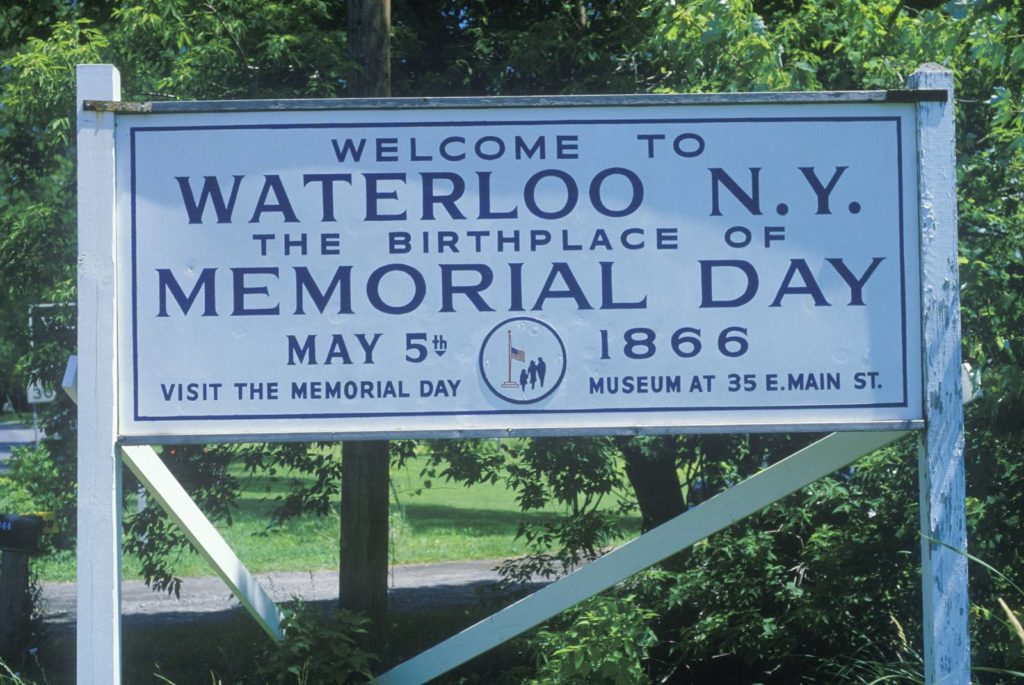
The Evolution of Decoration Day
On May 5, 1868, General John Logan, leader of an organization for Northern Civil War veterans, called for a nationwide day of remembrance.
He stated:
“The 30th of May, 1868, is designated for the purpose of strewing with flowers, or otherwise decorating the graves of comrades who died in defense of their country during the late rebellion, and whose bodies now lie in almost every city, village and hamlet churchyard in the land.”
Logan declared this day as Decoration Day, and chose May 30th because it wasn’t the anniversary of any Civil War battle.
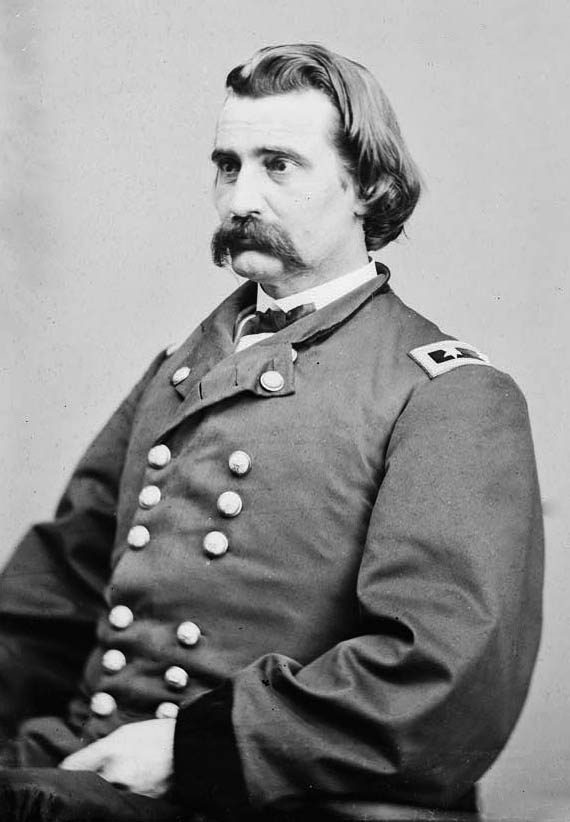
On the first Decoration Day, General James Garfield made a speech at Arlington National Cemetery, and 5,000 participants decorated the graves of the 20,000 Civil War soldiers buried there. Many Northern states held similar commemorative events and reprised the tradition in subsequent years; by 1890 each one had made Decoration Day an official state holiday. Despite this, Southern states, continued to honor the dead on separate days until after World War I.
The Creation of Memorial Day
Memorial Day, as Decoration Day gradually came to be known, originally honored only those lost while fighting in the Civil War. This changed after World War I, and the holiday evolved to commemorate American military personnel who died in all wars, including World War II, The Vietnam War, The Korean War and the wars in Iraq and Afghanistan.
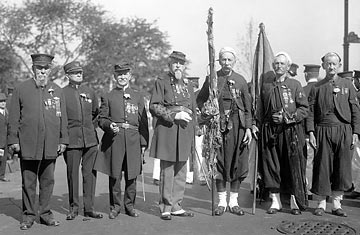
For decades, Memorial Day continued to be observed on May 30th, the date General Logan had selected for the first Decoration Day. But in 1968, Congress passed the Uniform Monday Holiday Act, which established Memorial Day as the last Monday in May in order to create a three-day weekend for federal employees. The change went into effect in 1971. The same law also declared Memorial Day a federal holiday.
Memorial Day at the ASOM
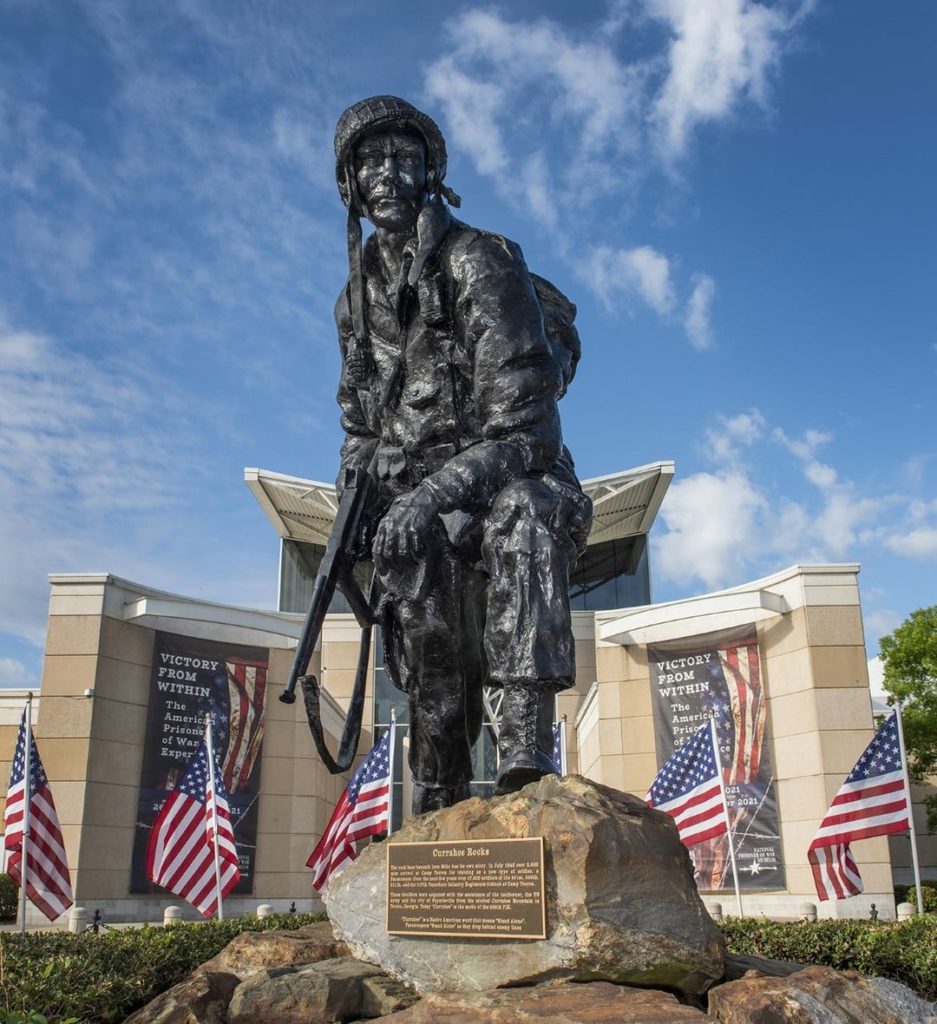
We hope that you have a wonderful holiday, while also remembering the reason behind it. As a reminder, the ASOM is open on Memorial Day, May 30th- so be sure to come and see “D-Day: Freedom From Above” exhibit!



